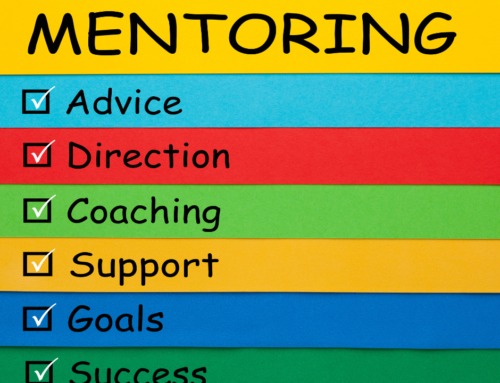I recently came across a great article about what flight attendants look for when they greet the passengers boarding their planes.
Thinking about that heightened awareness they embody at the beginning of a flight brought to mind our training workshops on Workplace Violence Prevention.
We spend time talking about the importance of being able to look at situations and sense whether they have the potential for escalation.
After all, if we’re mentally prepared for something to happen, then we’re in a far better position to respond to it if it actually does happen.
But even better, if we can train ourselves to sense the potential for something bad to happen, then we can try to defuse it before it gets to a point where it’s no longer something we can handle on our own— it’s all about staying one step ahead, at all times.
The issue I find with most participants of this training workshop, is actually an issue with their work environment itself— we’re fortunate that we live in a world where violence within the workplace is not commonplace. Therefore, we don’t tend to see the signs of aggressive, threatening, or intimidating behaviour.
And because we don’t see the potential for workplace violence, we can often be lulled into a false sense of security and therefore relax our ‘radar.’
In order to see things, we have to be looking for them.
Ever heard the phrase, “can’t see the wood for the trees?” Sometimes when we’re not paying enough attention, we miss things that are right in front of our faces…
And although it’s important to stay alert to our own co-workers, this issue is especially important when we have jobs that deal with the public— and we can learn some lessons from those flight attendants…and from the military.
Colonel Jeff Cooper, a veteran of multiple wars who taught for the United States Marine Corps, developed what is now known as the “States of Awareness Colour Code.”
The Colour Code breaks down the amount of mental attention we give into different levels, each identified by a specific colour (white, yellow, orange, red, and black).
Utilizing awareness, risk reduction, and avoidance techniques, you can achieve a large degree of control over your day by learning to observe your environment, continually evaluating it, and reacting appropriately to what you see or feel.
So let’s learn our colours:
WHITE is the lowest level. Here, you are unaware, not alert, and oblivious to your surroundings. This state is usually characterized as “daydreaming” or being “preoccupied.”
Individuals in a “white” level are akin to those who operate their vehicles and don’t notice the stop sign or the vehicle in front of them. How many times have you been driving somewhere and didn’t remember how you got there…
YELLOW is a relaxed state of general alertness and is the preferred colour zone that employees should maintain throughout their day when dealing with issues of safety and the public.
On this level, you’re not looking for anything or anyone in particular; you simply have your head up and eyes open.
ORANGE is a heightened state of alertness with a specific focus noted. The entire difference between Yellow and Orange is that there is a specific target you’re paying attention to.
The RED zone is where you are mentally prepared to become physically involved should the need arise.
And the BLACK zone is where Fight or Flight is engaged. If you are not mentally prepared and are surprised by a situation that has developed in front of you, then your reaction (fight or flight) is likely to be inappropriate for that situation.
Now that you’ve graduated from pre-school’s version of colours to the military’s version, think about what state of awareness you tend to find yourself in at work.
Unfortunately, those of us who concentrate too hard on delivering the best customer service experience, may not be paying attention to (otherwise obvious) warning signs.
After all, people’s emotions are rarely put into words; they are expressed through other cues.
The key to intuiting another’s feelings and emotional levels is in our ability to read and understand nonverbal channels (i.e. tone of voice, gestures, facial expressions, etc.).
However, a persons’ ability to recognize impending danger is largely determined by whether they are paying attention and looking for that information in the first place.
What do you make of a person who is pacing, has crossed arms, tensed muscles, a reddening face, is fidgeting, displaying a short attention span, and/or has rapid and suppressed breathing?
Are they just impatient?
Is there a medical issue?
Do you give any further attention at all?
Remember, we only see what we look for.
Open your eyes…







Leave A Comment